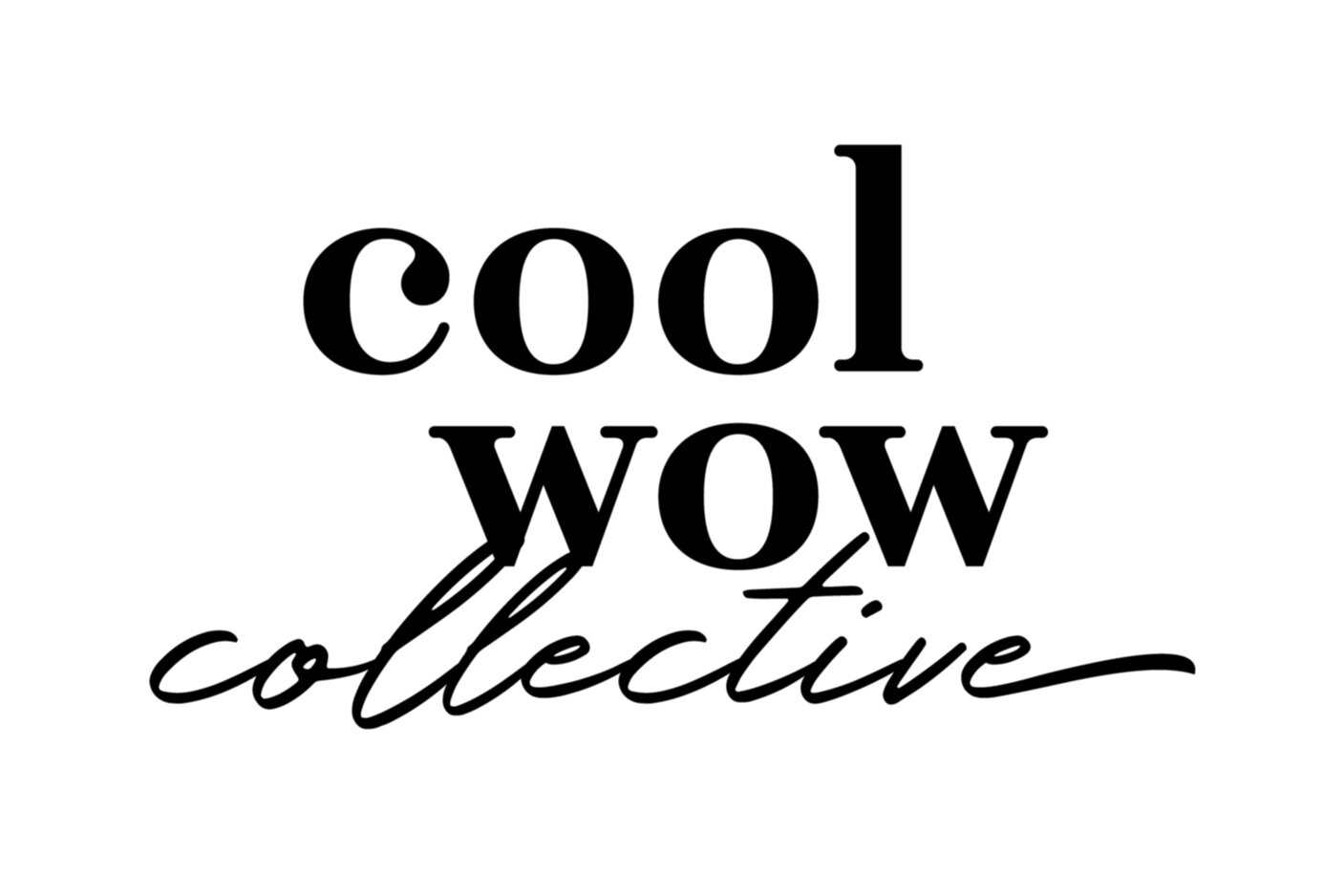How to find your flow state? 3 essential ingredients.
Have you ever been so engrossed in a task that you lose track of time? Perhaps when drawing, journaling, reading, surfing, meditating, or running? Chances are if you’ve noticed time dissolving and you felt at one with what you’re doing, you’ve tasted the flow state. Flow, also known as being “in the zone”, is defined as 'an optimal state of consciousness and is a powerful ally when it comes to productivity.
The grandfather of flow Mihaly Csikszentmihalyi, was a psychologist who found that people can achieve happiness, pleasure, and satisfaction during the state of consciousness called Flow.
Flow state is state of being that actually stops us from comparing ourselves to others (goodbye comparison trap) and seek happiness intrinsically.
It’s a beautiful place to be.
A ten-year study done by McKinsey found top executives reported being up to 500% more productive when in flow.
There are some essential conditions needed to get in the zone. Csikszentmihalyi identified three main components to get into flow; clear goals, immediate feedback, and the challenge/skill balance.
I’ve meshed these up with 3 ways to activate your flow state to help you feel happier and do your best work.
#1 Notice when you feel most in flow
To achieve a flow state, we must engage in tasks that strike a balance between our skill level (i.e. not too anxiety-inducing because you have no idea what you’re doing) and the challenge of the task at hand (some level of creative thinking or concentration is required, it can’t be too boring).
Source: positivepsychology.com
So, do you feel a sense of satisfaction when you’re writing social media posts, getting deep into creative brainstorm-mode with friends, or mapping out project timelines? We all have different things that bring us into flow.
When you start to take note of what naturally feels good, you can start to identify where to spend your time for the most satisfaction (on so many levels) and think about outsourcing tasks that fall out of your zone of genius.
#2 Set clear goals that have immediate feedback
To enter a flow state, we must have clear goals so we know what we are working towards (we’re literally narrowing our focus) and get immediate feedback to know when we have achieved it.
These elements are essential to give our work a direction and purpose.
Clarity creates certainty and can propel you into action without your mind getting in the way and overthinking (and totally ruining your chance for flow).
When you become totally immersed in the activity and pay attention to what is happening in the moment, you’re far more likely to enter a state of flow. This means limiting distractions and committing to the task at hand. I call it entering deep now.
A great way to do this is to break tasks into bite-size chunks and set goals accordingly. Using a timer like Pomodoro can be a great tool to help you break down work into smaller 25min chunks and only focus on the task intended until the timer goes off.
As a self-employed freelancer or founder, getting feedback can be a little harder; you can’t just walk up to your boss and see if you’ve done a good job. One technique to try, is to develop a personal mission or vision statement as a way to check in on what you are working towards.
Freelancer tip: “At the end of the day I look back and note down three ways I honoured my vision e.g. “Today I honoured my vision by…”. This is a great way to give myself feedback and helps me access flow again the next day.”
#3 Focus on the job at hand
When we are just consuming content by scrolling on Instagram, flicking through TV channels, we damage our ability to concentrate and we lose control of our mind. These activities require external stimulation, they don't require our minds to use any skill or pursue any growth, so they don’t offer much happiness.
“Csikszentmihalyi (1990) suggested the normal state of the mind is chaos – it is relatively easy to concentrate when our attention is structured by external stimuli, however, when left to our own devices the mind reverts to a disordered state.”
To get into a flow state we need to find focus (as mentioned in point one, the activity needs to offer the right balance of skill and difficulty). We need to prioritise deep work and train our brain to stop seeking quick dopamine fixes (hello IG scroll) or we will never find flow.
Virtual Coworking can offer a fantastic way to focus your attention, concentrate on one task, and immerse yourself in deep work. It can take practice to harness the ability to focus, but if your concentration darts off at every urge or distraction, achieving a flow state is impossible. Having systems in place, like a timer or virtual coworking team around you can save you from mindless distractions. Try Virtual Coworking for free with me, and experience the benefits yourself.
Freelancer tip: “I put my out of office on and let the team know I’m going into ‘flomo’. They know during this time I won’t be answering calls or emails until the task is complete.”
“The normal state of the mind is chaos – it is relatively easy to concentrate when our attention is structured by external stimuli, however, when left to our own devices the mind reverts to a disordered state.”
Studies on flow state and human potential are at such early stages right now but there are more and more compelling health and happiness reasons to be able to tap into this flow state more often.
All we know is that flow is powerful, it yields 5x increase in performance and can increase personal fulfillment, satisfaction, and happiness.
To me, flow-state is like meditation, you have to learn how to be present, pay attention and find that inner sense of control balanced with effortless non-judgment. When you find your flow state, you’ll be hooked (in fact science says the feel-good chemicals in the brain when in flow are more addictive than any drug on earth)!
Further exploration
This is just the tip of the iceberg when it comes to flow state and it’s a fascinating topic. Dive a little deeper with the following resources:
Video [12mins]: Steven Kotler ‘What The Science Of Flow Can Teach Us About Limitless Performance’ Click here >
Video [18mins]: Mihaly Csikszentmihalyi ‘Flow, The Secret To Happiness’ Click here >


